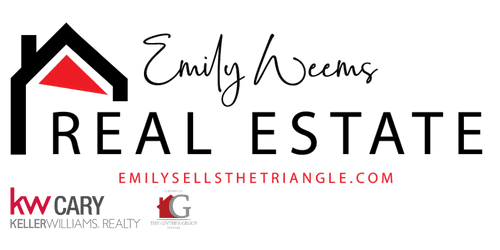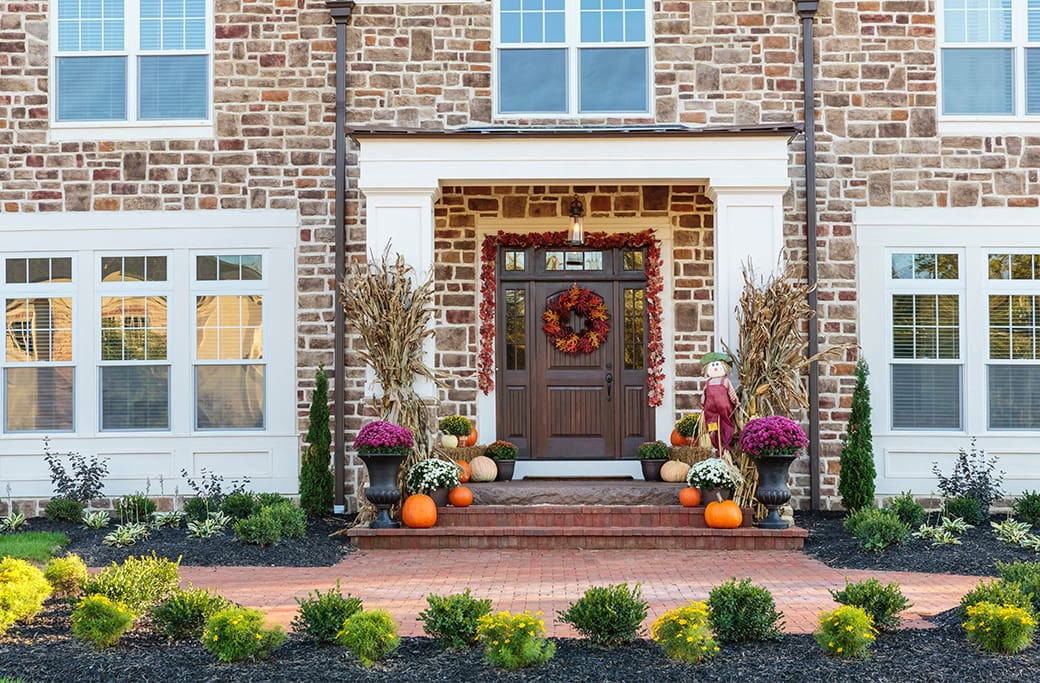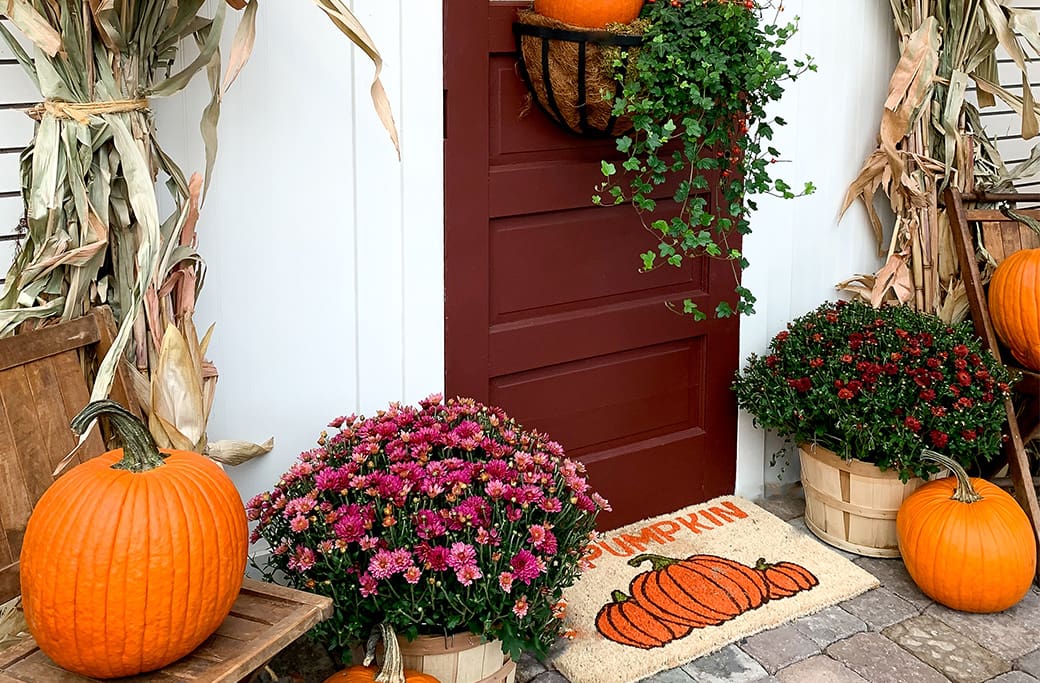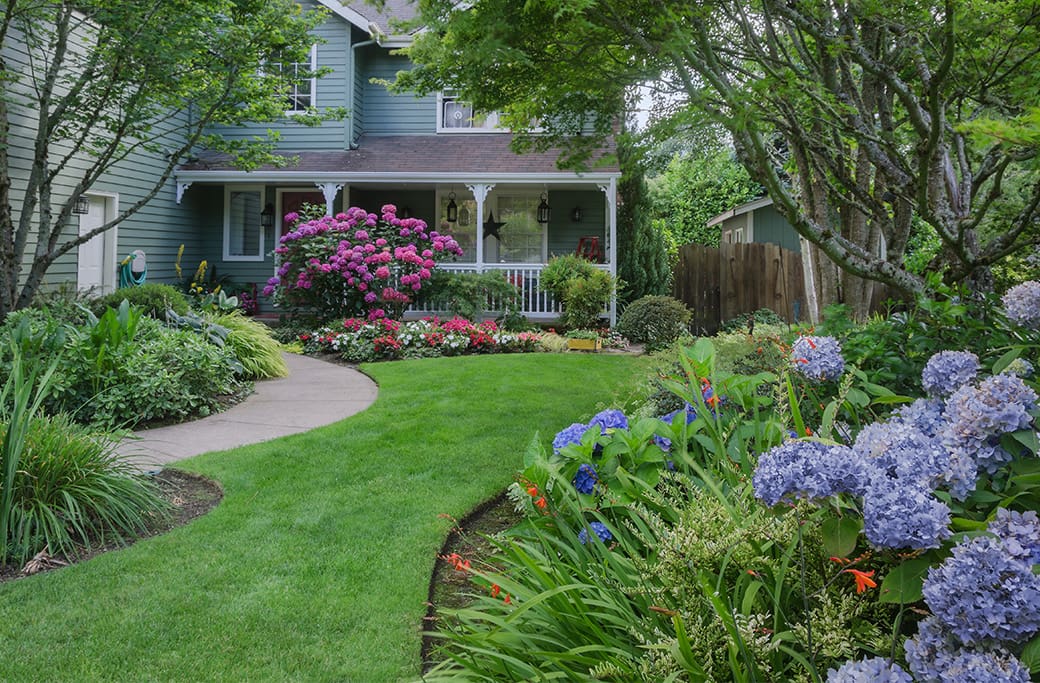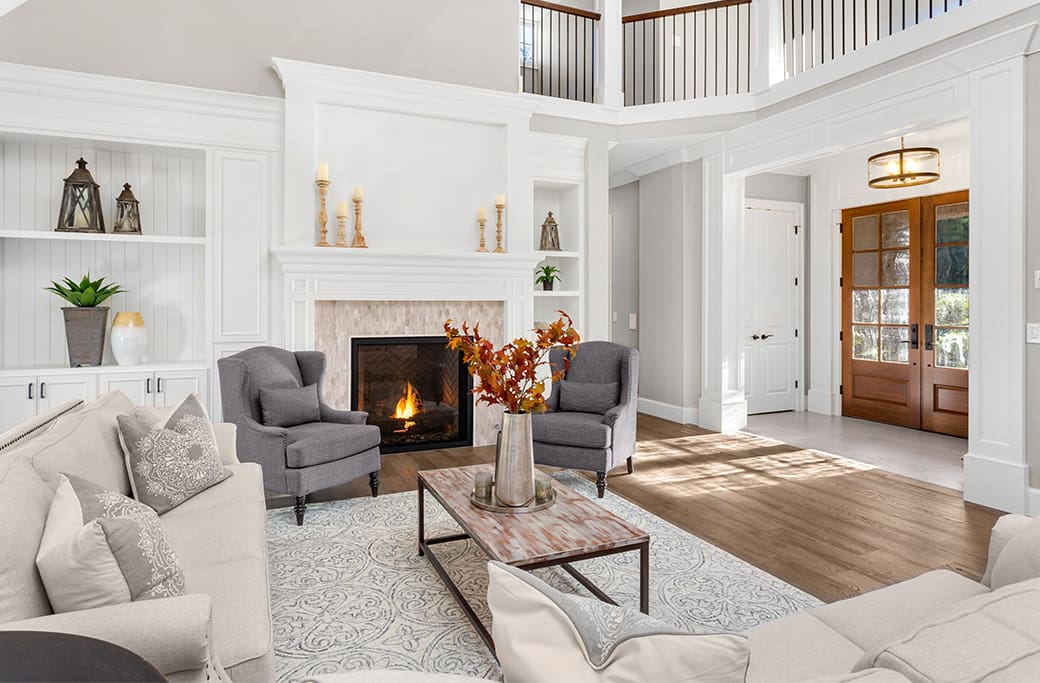
Selling your home can feel like an overwhelming process, especially in today’s competitive market. That’s why home staging is one of the best strategies to make your property stand out and sell faster. By presenting your home in its best light, you can attract more buyers, receive higher offers, and make the entire process smoother.
At Emily Weems, Realtor, we’ve helped homeowners across Wake Forest, North Hills, Cary, Raleigh, Chapel Hill, and Hillsborough, NC, successfully prepare and sell their homes. Today, we’re sharing our essential staging tips to help you maximize your home’s appeal and value.
What Is Home Staging?
Home staging involves preparing your home for potential buyers by arranging furniture, decor, and overall presentation to showcase its best features. Unlike decorating, which reflects personal style, staging is about creating a neutral, welcoming space that appeals to the widest audience possible.
Done right, staging helps buyers imagine themselves living in your home, which is crucial in their decision-making process. According to the National Association of Realtors, a well-staged home can significantly reduce its time on the market and justify its asking price.
Why Staging Matters
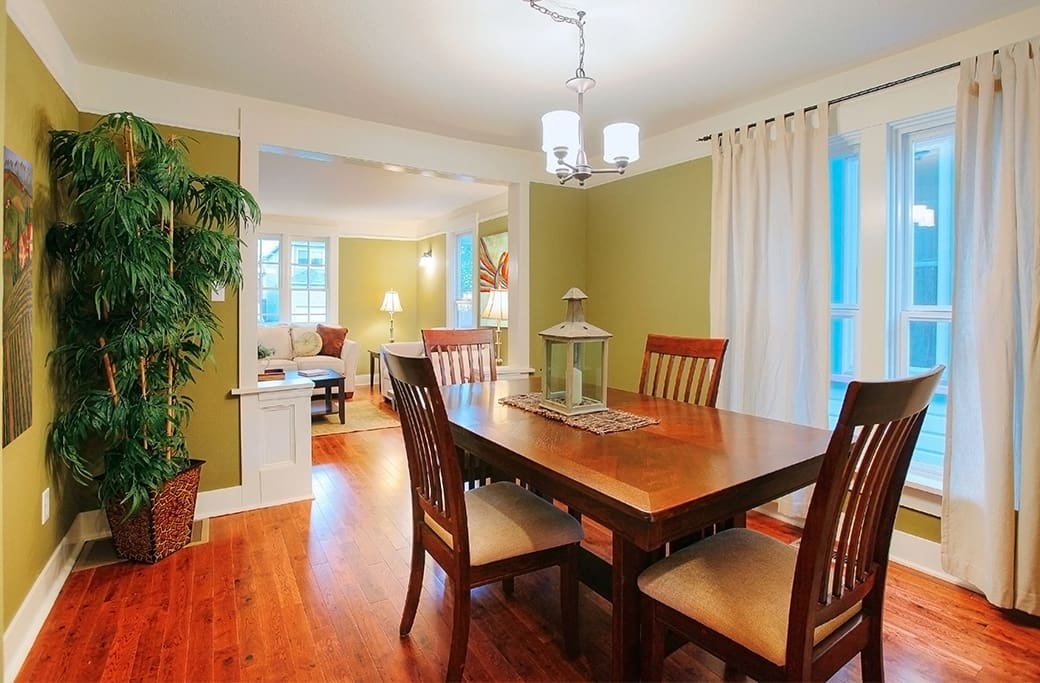
The majority of buyers begin their search online, so the visual impact of a staged home cannot be overstated. Staging creates emotional connections and highlights your home’s potential, making it stand out in a crowded market. Whether you’re selling in bustling Downtown Cary or the serene neighborhoods of Wake Forest, staging gives your home a competitive edge.
Staging Tips for Every Space
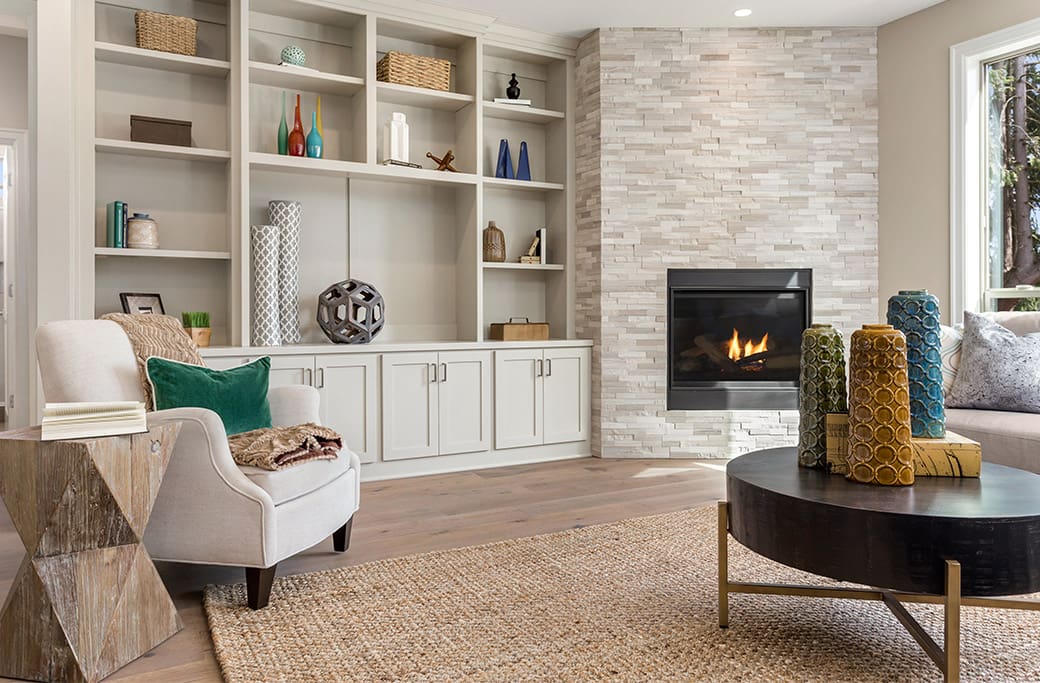
Every room in your home has a role to play in creating a positive impression. Here’s how to make each space shine:
Living Rooms
-
- Arrange furniture to create a focal point, such as a fireplace or large window.
- Use neutral tones with soft pops of color in throw pillows or artwork for a cozy yet universal appeal.
- Remove oversized or extra furniture to make the room feel spacious.
Bedrooms
-
- Create a calm and serene atmosphere with fresh, neutral bedding.
- Declutter nightstands, leaving only a lamp and one decorative accent like a book or plant.
- Use mirrors to make small bedrooms appear larger.
Kitchens and Bathrooms
-
- Clear countertops, leaving only a few essentials like a coffee maker or a bowl of fruit.
- Deep clean every surface until it sparkles.
- Add fresh towels, flowers, or scented candles to create a welcoming vibe.
Small or Awkward Spaces
-
- Highlight their potential by styling them as cozy reading nooks, home offices, or extra storage areas.
- Use bright lighting to make tight spaces feel larger and more functional.
Enhancing Curb Appeal
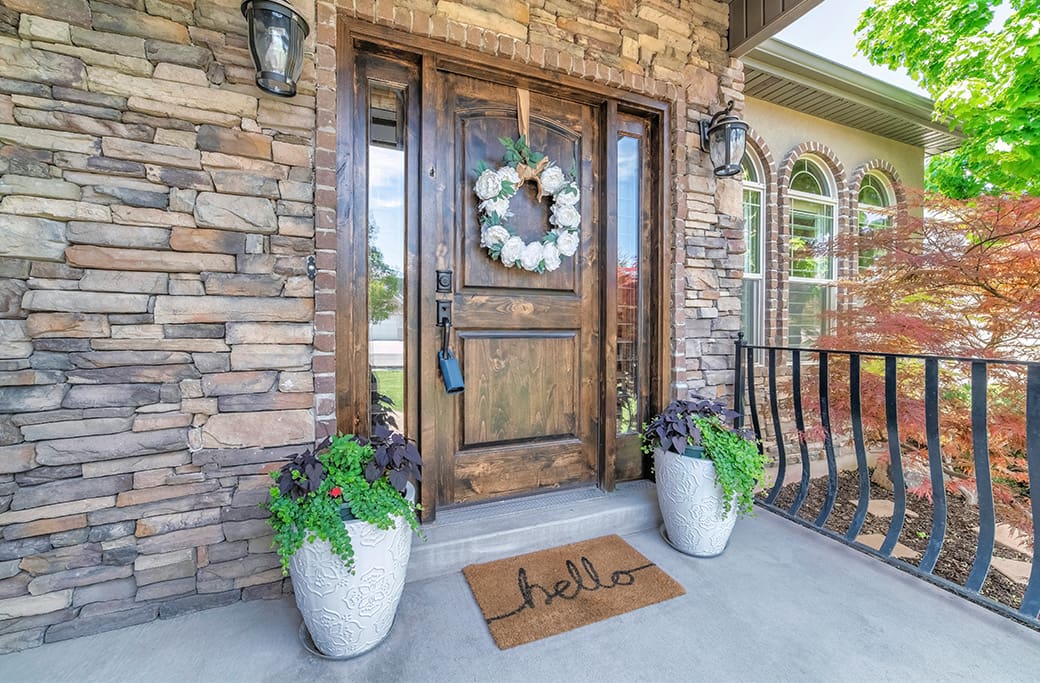
First impressions matter, and they start the moment buyers see your home from the street.
-
- Focus on Landscaping: Keep the lawn mowed, hedges trimmed, and flowers blooming. Add potted plants near the entrance for a warm touch.
- Upgrade the Entryway: Paint the front door, clean cobwebs, and add a new doormat. Ensure house numbers are clean and visible.
- Keep Walkways and Driveways Tidy: Pressure-wash outdoor surfaces to remove dirt and stains.
Depersonalize and Declutter
To help buyers picture themselves living in your home, it’s essential to remove personal items and excess belongings.
-
- Depersonalize: Take down family photos, keepsakes, and overly personal decor.
- Declutter: Go room by room, removing unnecessary items. Consider temporary storage for larger pieces.
- Organize: Tidy closets, cabinets, and pantries to showcase ample storage space.
Make the Most of Light and Color
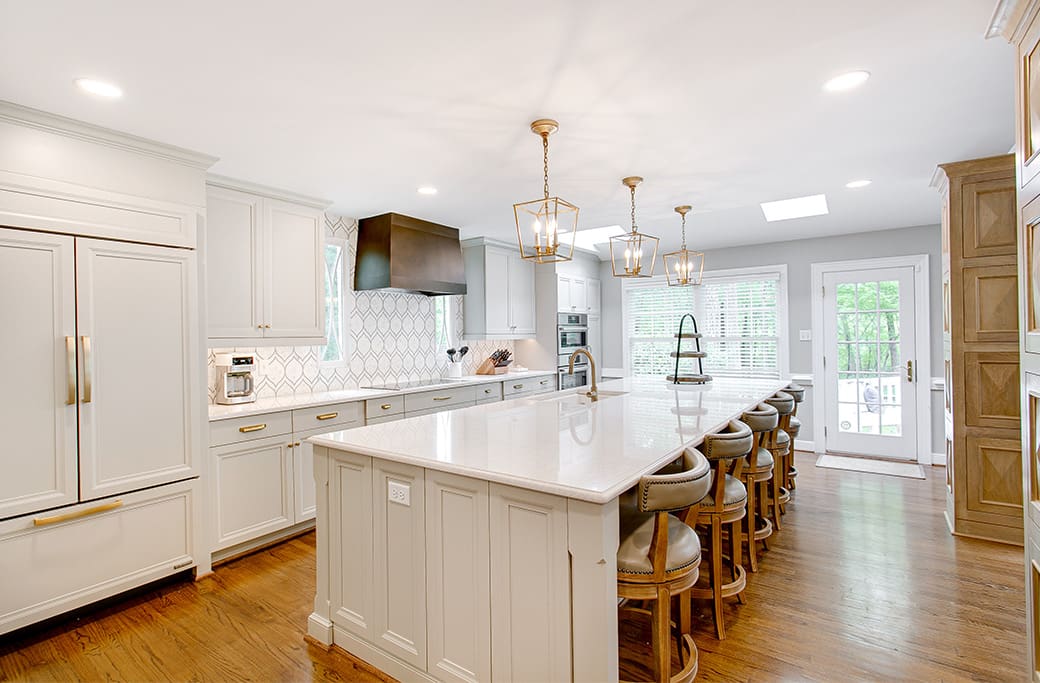
Light and color can make a home feel brighter, more spacious, and inviting.
-
- Maximize Natural Light: Open curtains and blinds, and clean windows to let in as much light as possible.
- Use Artificial Lighting: Layer overhead, task, and accent lighting for a warm, balanced effect.
- Update Paint Colors: Stick to neutral tones like beige, greige, or soft white. Avoid bold or overly dark colors that may not appeal to all buyers.
Final Touches Before Showings and Photos
The small details matter when it comes to creating a positive impression.
-
- Add Comfortable Touches: Use fresh flowers, new rugs, and plush throws to make your home feel inviting.
- Eliminate Odors: Clean carpets and upholstery, and consider light scents like vanilla to create a welcoming atmosphere.
- Prepare for Professional Photos: Ensure every room is clutter-free, thoughtfully staged, and well-lit before a photographer arrives.
Tips for Successfully Staging Your Home
Staging is an investment that pays off by helping your home sell faster and at a better price. Whether you’re preparing a cozy home in Carrboro or a spacious property in Hillsborough, these tips will help you showcase your home with confidence.
Still feeling unsure? At Emily Weems, Realtor, we’re here to help every step of the way. From personalized staging advice to creating a complete real estate strategy, we’re dedicated to helping you sell your home successfully.
Contact us today to learn more about our services and how we can help you achieve your real estate goals in Wake Forest, North Hills, Cary, Chapel Hill, Carrboro, Hillsborough, or anywhere in the Triangle area.
